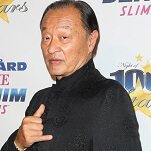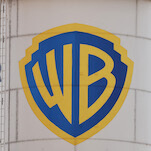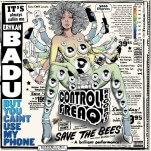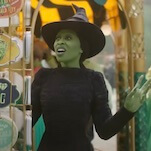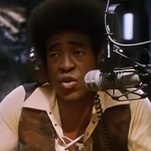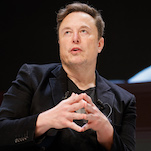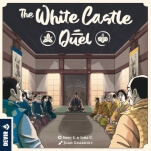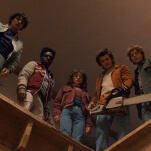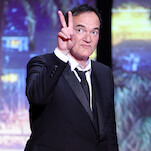In a digital world, what is the future of the Sundance Film Festival?
Breaking through at Park City still matters for established and aspiring filmmakers—but for different reasons than you might think
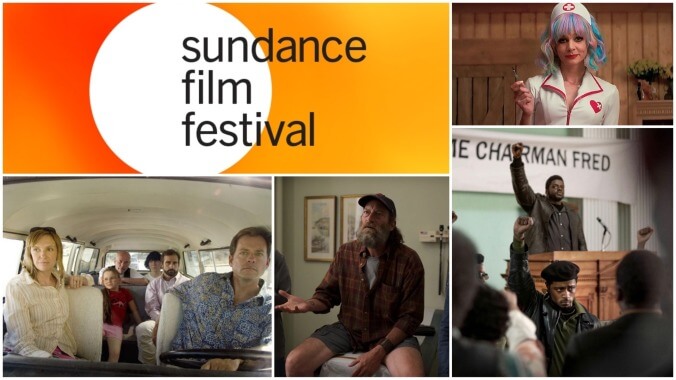
For the better part of a quarter-century, the Sundance Film Festival has served as a kingmaker. A who’s who of independent filmmakers who went on to success and acclaim, often within the Hollywood studio system, received their big break in the theaters and screening rooms at Park City, including Kevin Smith, Quentin Tarantino, Robert Rodriguez, Todd Field, David O. Russell, Steven Soderbergh, Darren Aronofsky, James Wan, and Ava DuVernay.
Because of that track record, Sundance enjoyed a long stretch of unquestioned dominance as the primary trendsetting film festival in the United States, and arguably all of North America. While Toronto curated a heady blend of international fare and buzzy world premieres every fall, Sundance used its annual January perch to propel movies deep into the calendar year, and beyond.
The last half-dozen years or so, however, have felt different for Sundance. Even before the COVID pandemic, the theatrical marketplace for American independent films was changing (read: cratering). Financial hits became smaller, and further between. With streaming services, and the open firehose of (often algorithm-approved) “couch content” they provide, more demanding or offbeat fare faces longer odds when it comes to drawing viewers out of their homes and into theaters.
The question for Sundance, then, is what becomes of a robust brand most associated with maverick thinking or unconventional storytelling at a time when consumers’ relationship to that type of material is changing? The answer is a film festival that can still set an agenda and help chart the future of a healthy American film scene, but one that does so in a different way.
While some movies (even quite good ones) never escape the festival bubble, it wasn’t long ago that many Sundance titles would secure theatrical distribution and dominate the arthouse marketplace, setting up reliable patterns of conversation for serious adult filmgoers. Some were, of course, bigger box office hits than others, but from Little Miss Sunshine and The Kids Are All Right to Whiplash and Manchester By The Sea, Sundance always had a heavy say in awards season jockeying.
Cinematic baubles to attract subscribers
Now, many Sundance movies, even those featuring well-known stars, receive either primarily or exclusively digital releases. In a hyper-competitive streaming market, these films are viewed in large measure as “investments”—cinematic baubles with which to lure (and keep) new platform subscribers.
Accordingly, instead of a discrete theatrical window, or even a buzz-building platform release, conversations may take place on social media, as films are picked up (and then championed and attacked, in rinse-and-repeat fashion) by people who view them on their own schedule. The awards potential of a Sundance premiere is still there, but the pickings feel slimmer, and the communal thrall is much more slight and subdued.

